EcoInternet Pilot Study Report 2021
The COVID-19 pandemic unequivocally demonstrated that the Internet is and will likely continue to be the core and critical infrastructure for human cooperation and communication globally. The lockdowns around the world during the pandemic, has also shown that on one hand, as physical mobility was curtailed, global CO2 emissions experienced the largest decline ever recorded, but on the other hand, digital mobility became imperative, carbon footprint of the Internet becomes an essential topic of consideration.
Beginning in 2020, DotAsia and APNIC Foundation have been exploring ways to advocate for multistakeholder discussions about the matter of Internet’s impact on climate change, among the Internet Governance community and beyond. In 2021, with funding by Heinrich Boell Stiftung Hong Kong, this research project began with a pilot study on the carbon footprint of the Internet and its impact on the environment. We are at a critical time for digital communities to reflect on and monitor the expansion of the Internet, connecting with carbon footprint initiatives to develop concepts, tools and Internet governance policies, in order to tackle climate change and recovery plans. There is a strong need to increase awareness and proactivity among policymakers and developers and it is crucial to urge governments and the industry to prioritize the imperatives of climate change and environmental sustainability in future planning. Effective measures by multiple sectors on curbing digital carbon footprint are necessary to make a difference in global scale.
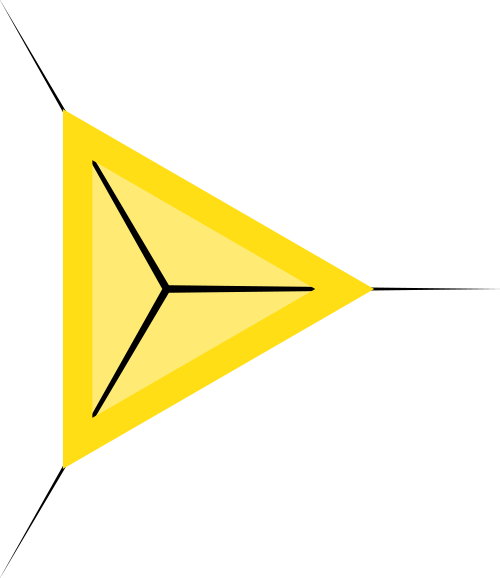
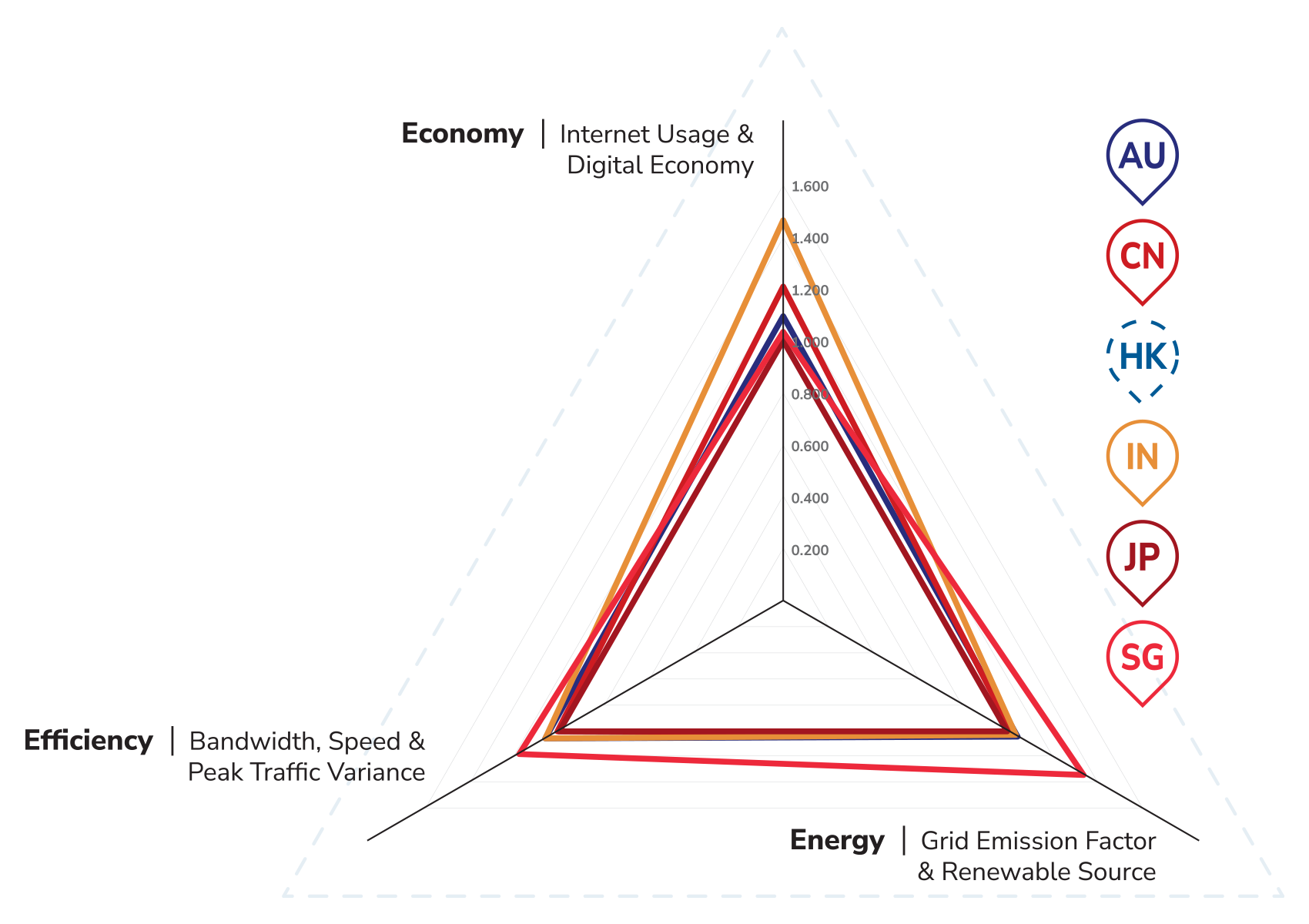
The EcoInternet Index (EII) is composed of the normalized score of the three axes. The methodology constructs a simple model based on reasonable proxy indicators describing the overall condition of the Internet infrastructure that allows comparison across jurisdictions and between large and small countries alike. Each of the axes scores: Economy, Energy and Efficiency, are normalized and then combined.
Based on data and literary research, along with discussions at various workshops and feedback from a distinguished group of advisors, this report introduces a multi-dimensional scalable framework for an EcoInternet Index (EII) which will allow comparative studies between the pilot countries and jurisdictions. Beyond simply considering the carbon emission of the Internet, the findings understood that an appropriate narrative for addressing the issue must include not only the advocacy for carbon conscious consumers, but also how Internet activities replace more carbon intensive activities, that the energy that supports the power grid is of crucial importance, and that the optimization of Internet infrastructure capacity are all important dimensions that should be considered at the same time. The narrative which EII advances, in summary, is to “do more, waste less.” Do more with the Internet and the infrastructure, and become more efficient with its use and with renewable energy sources. The EII is designed to model this approach towards a greener Internet that supports sustainable growth without compromising the environment.
The EII is thus designed around three axes: 1. the Economy axis will consider the relative carbon emission factor of Internet usage in relation to the digital economy advantage; 2. the Energy axis models the grid emission factor with consideration of renewable energy sources; and, 3. the Efficiency axis takes into account the Internet infrastructure capacity, the speed of connectivity as experienced by users and the variance or optimality of the utilization of available bandwidth. Together, the model provides a composite index that allows for the comparison of the eco-friendliness of the Internet infrastructure between large and small regions.
Although this pilot study included only six jurisdictions in Asia Pacific, the results suggest that the EII framework provides a scalable and reasonable composite set of indicators to consider the eco-friendliness of the Internet infrastructure across jurisdictions. This opens the door for future development of the EII to include other countries and economise in Asia Pacific as well as other regions around the world.
The Three Axes
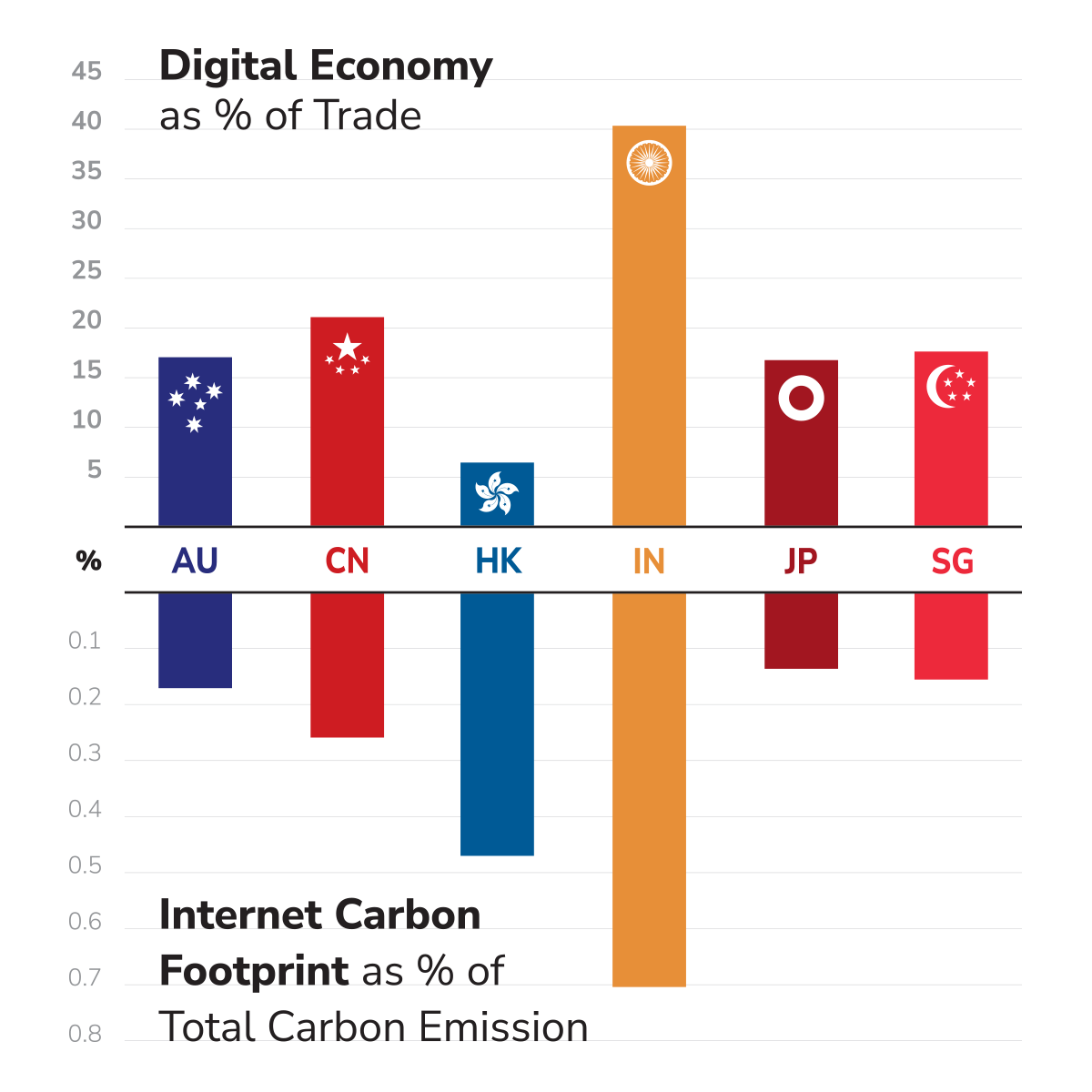
The Economy axis includes considerations for Internet usage patterns and the relative carbon footprint of the Internet as a proportion of digital economy. The following chart summarizes the respective scores for the digital economy as percentage of trade, and Internet carbon footprint as percentage of total carbon emission.
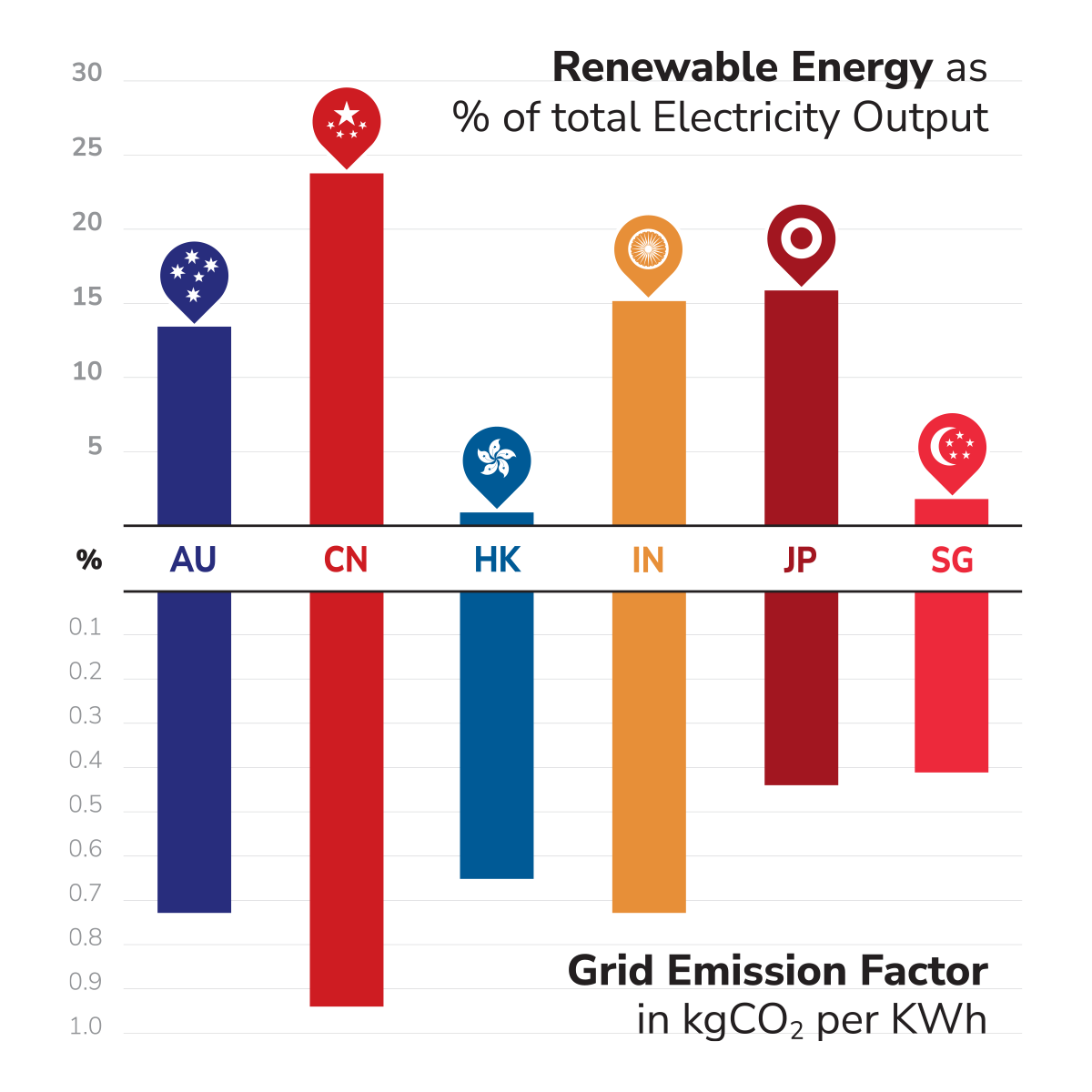
The Energy axis draws on the grid emission factor, with an emphasis on renewable energy sources aligning with net zero goals. The following chart summarizes the respective scores for renewable energy as percentage of total electricity output and Grid Emission Factors for the jurisdictions included in this pilot study
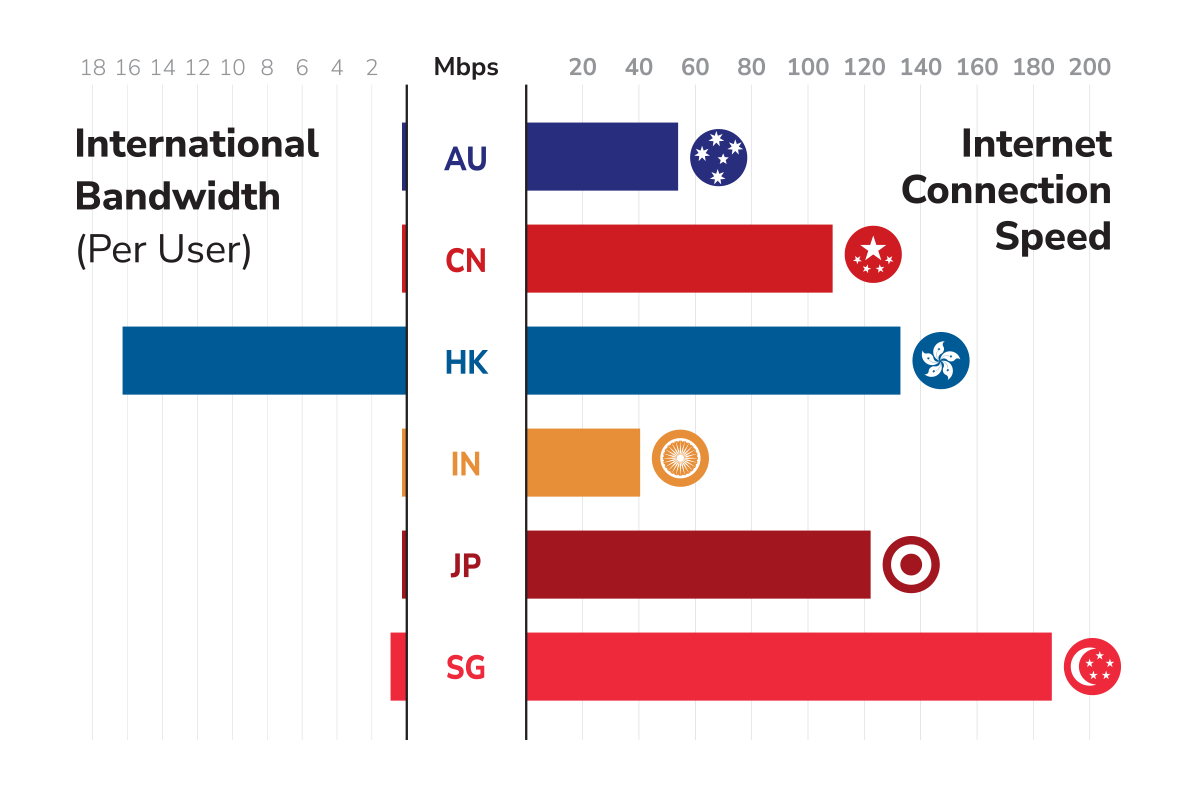
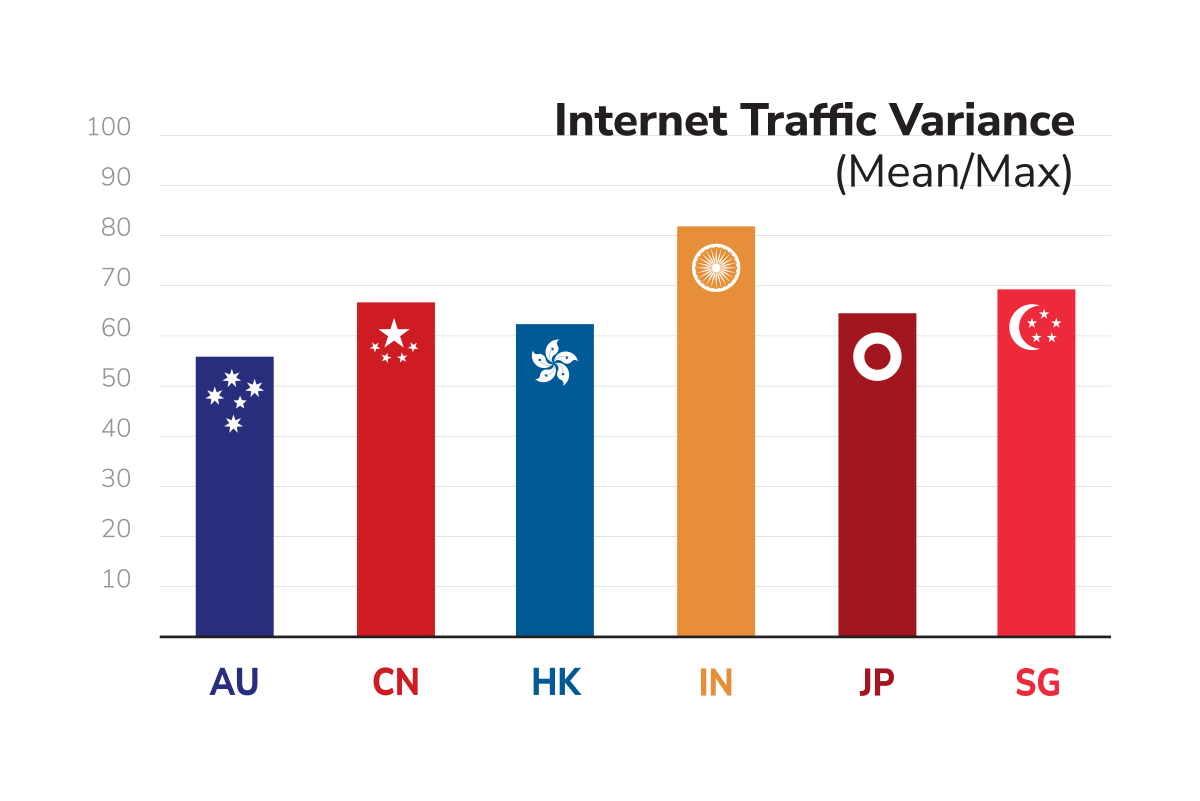
The Efficiency axis models Internet usage from infrastructure bandwidth, speed of connectivity as experienced by users as well as the optimality of utilization of capacity based based on traffic patterns observed at Internet exchange points. The following charts summarize respectively 1. the levels of International Internet Bandwidth per user relative to connectivity speed experienced by users; and 2. the variance factor calculated for the different jurisdictions in the pilot study.
About Ajitora
Get Involved
Social Feed & News
Contact Us
Mailing Address:
12/F Daily House,
35-37 Haiphong Road
Tsim Sha Tsui, Hong Kong
Media Contact: ajitora@dot.asia
Book Ajitora: ajitora@dot.asia
General Inquiries: info@ajitora.asia
Email Ajitora: me@ajitora.asia


